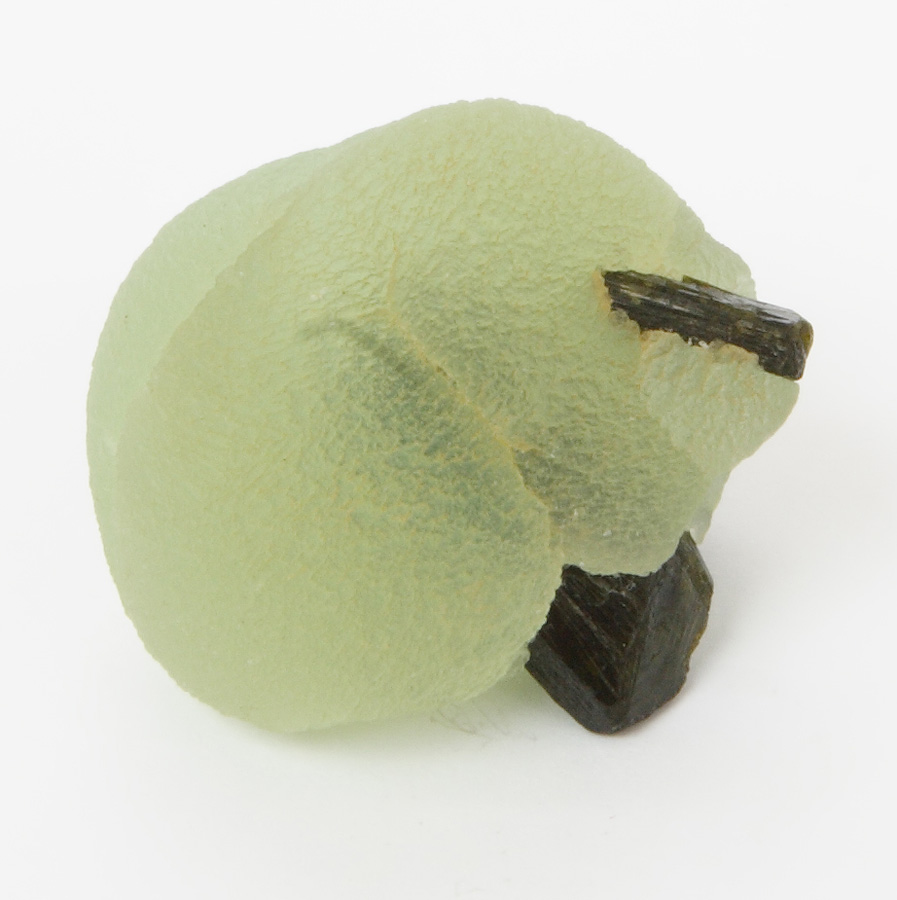Often an oily green, prehnite may also range from pale yellowish to brown. Columnar or tabular crystals are rare; it occurs more usually as aggregates of barrel-shaped crystals or as botryoidal masses. Some pale yellowish brown prehnite is fibrous enough to be cut in cabochon, and may show the cat’s eye effect.
Prehnite is found in basaltic volcanic rocks, intrusive igneous rocks, and in some metamorphic rocks. Pale green masses are found in Scotland; dark green or greenish brown masses in Australia; aggregates of crystals in France.
Prehnite is named after Colonel von Prehn, who first introduced prehnite to Europe.




























Leave a Reply
You must be logged in to post a comment.